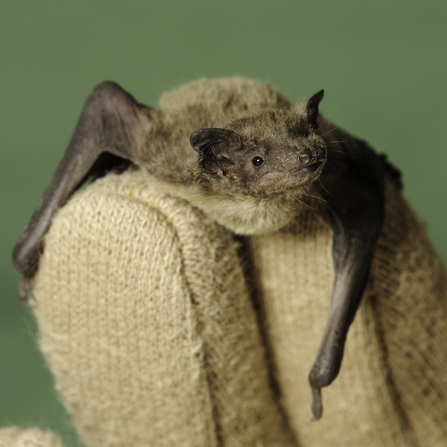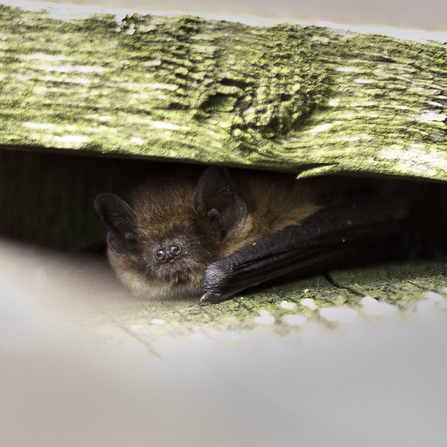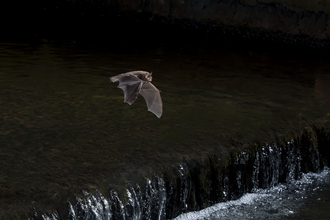
(C) Terry Whittaker/2020VISION
Where can I spot a pipistrelle?
Seemingly silent, weighing no more than a pound coin and small enough to fit in a matchbox, the common pipistrel bat isn’t exactly the easiest creature to spot, so it helps to know when and where to find them.
These adorable, mouselike mammals come out of hibernation from March, hungry and ready to fill up on as many lacewings, mayfly, and mosquitoes as they can get their tiny claws on. In fact, despite their miniature size these hungry creatures can devour as many as 3,000 insects per night!
You're most likely to spot them around 20 minutes after sunset, whilst there’s still some light in the sky. Keep an out for their ‘Bat Signal’ like silhouette as they erratically whip in and out sight, patrolling woodland edges, waterways, gardens, parks, streetlights and city skies.



